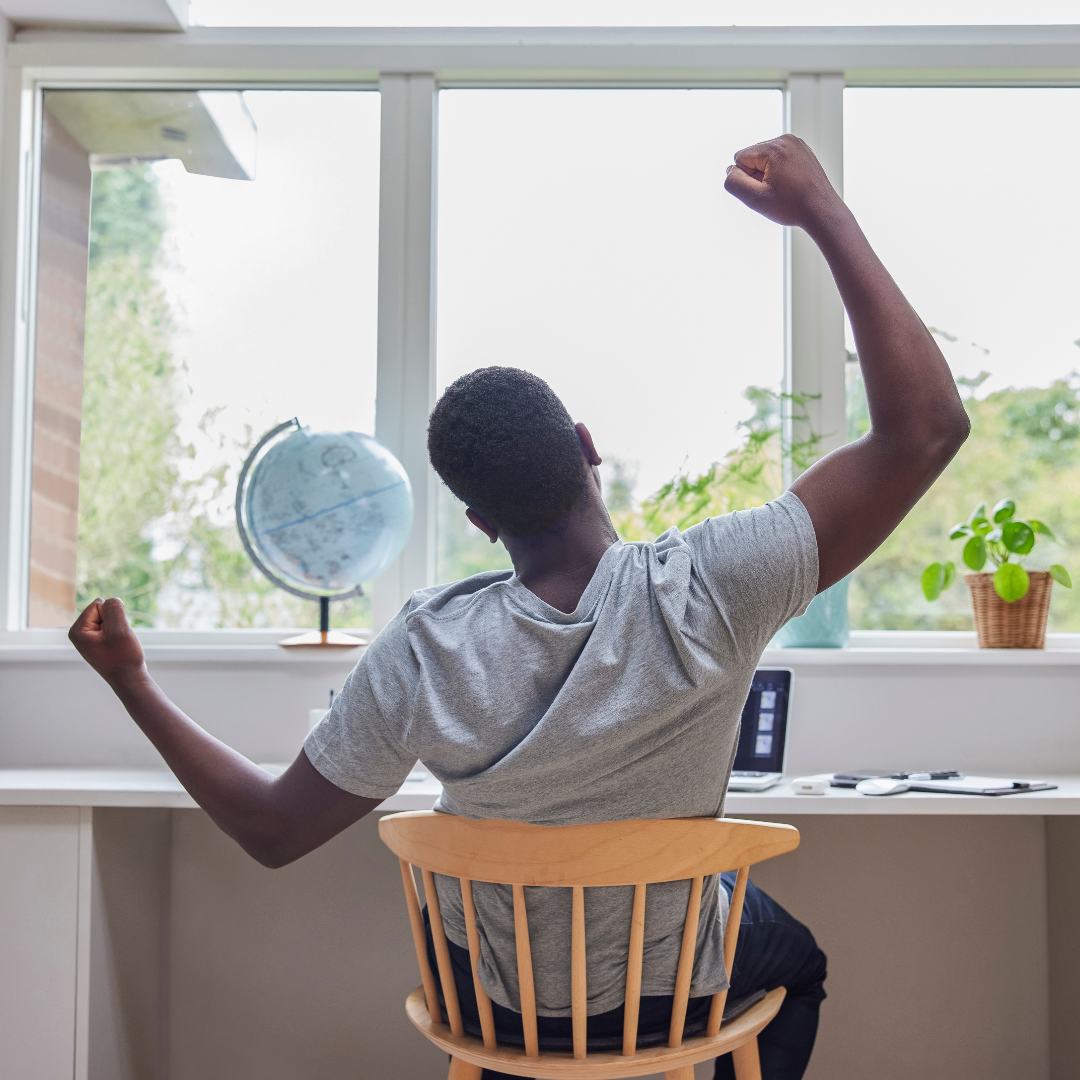
The importance of movement
1 May 2023
Georgie Mai
Clinic Director & Lead Sports Therapist
Over the last few weeks, we seem to have met with a large number of patients who are all struggling with their backs. Perhaps it is the after-effects of the cold and wet winter and lack of movement, or perhaps people are just getting around to dealing with those post-season sporting injury niggles, I am not sure. With this in mind, I thought it worth sharing with you, in our latest blog, why movement is so important for our well-being, what happens to the body with lack of movement and share some simple ideas to help keep mobile.
The importance of movement
Movement is a core element of our well-being. If you look back through history, we were always moving, in fact, two hundred years ago, 90% of the world lived in an agricultural environment, and people sat for only three-five hours a day. In the modern world, people sit for 13-15 hours a day. We are not built to sit at a desk or drive long distances.
Movement affects our whole makeup, from good circulation, sleeping patterns, weight management, good digestion, physical strength, hearts, lungs and a positive mindset. As physiotherapists, osteopaths and sports therapists, we don’t just want to encourage you to move more but instead to mix up your movement to reduce work-related pain. We wish to encourage you to do this to help improve the health of your joints and soft tissues.
What happens with the lack of movement
Lack of movement will affect us in many ways, but your spine in particular is where we feel it most. Your spine is a beautifully complex engineering masterpiece, which needs to be able to move easily so you can go about your life with comfort and strength. It is literally at the centre of all movement, so when the spine becomes restricted through sitting at a desk for long periods or driving a car, it can lead to problems not only with the back itself but other joints in the body too. Both repetitive tasks and inactivity can cause restrictions in the movement of the spine, therefore it is important to move in a variety of different ways to offset the stickiness that is created by our day-to-day lives.
Your spine is made up of an astonishing 364 joints supported by many ligaments, 40 muscles and their attachments, and 25 intervertebral discs that create a flexible ‘S-shaped’ shock-absorbing system enabling movement forwards, backwards, side flexion and rotation. It also protects our vital spinal cord, where it exits the brain, and provides the root system for the emerging myriad of nerves responsible for our entire body’s movement and sensation.
Regular movement can also help support good mental health by releasing endorphins (your feel-good hormone). We see that conditions such as anxiety, stress, depression and ADHD can all be improved through regular exercise and movement. Not only will you feel better if you move more but you will also have a sharper mind.
There is great emphasis on moving more for overall health benefits, but as physiotherapists, osteopaths and sports therapists, we would add that for your best musculoskeletal health, we should mix up our movement and move regularly.
Simple ideas to keep mobile
If you spend a lot of time seated either at a desk or in the car, your spine will not regularly bend, extend or rotate. Your musculature will not be involved in active movement, leading to weakness, stiffness, and a lack of flexibility. The joints in your pelvis will be immobile, and your shoulders, hips and knees too. We see patients with seated jobs experiencing low-grade but annoying stiff and grumbly lower back pain, neck and shoulder issues, disc problems and nerve pain affecting the arms and legs, such as sciatica.
With this in mind, we wanted to share some simple ideas to easily include in your daily life to help keep you mobile:
- Set a reminder to get up and move through a mobility sequence every 30-40 minutes throughout your day
- Plan your weekly exercise routine, perhaps introducing yoga or Pilates for mobility and regular walks with the dog for a change of scenery
- Plan to take a walk at lunchtime
- Have more than one workstation – perhaps a standing desk, a seated desk and even a comfy sofa occasionally
- Take every phone call standing up, use a headset, and pace whilst talking
- Have meetings or networking so you can walk and talk with colleagues
- Take the stairs rather than the lift in the office
- If you are struggling with neck stiffness, try to work on some neck mobility exercises every time an email arrives. Or if you are on the road, do these at the traffic lights
- If your eyes are sore, get your eyes tested, assuming all is OK, why not make sure you move phone calls outside to vary the view?
Our Osteopath, Ollie Eaton has these words of advice:
“I encourage my patients to use the ‘habit stacking’ method for remembering to move more and with variety. You cluster new intentions together with existing habits and triggers – for example, do your mobility routine whilst you’re waiting for the kettle to boil in the morning, walk when the phone rings, or do some balance exercises while you’re brushing your teeth. Practice habit stacking and after a month you’ll be moving more and enjoying a new healthy routine!”
We are supposed to be walking 10,000 steps (equivalent to 5 miles) a day to help reduce cardiovascular disease, multiple types of cancer and dementia. This figure is a simple guide and does not consider a person’s age, ability and work/family commitments. If you find this difficult to achieve, start with some movement and build up a routine that works for you, which is achievable for your lifestyle.
If you spend a lot of time sitting still or with repetitive movements and would like some help introducing more movement into your day, or you are keen to resolve the niggles with your back, neck or shoulders, please get in touch to see how we can help.

